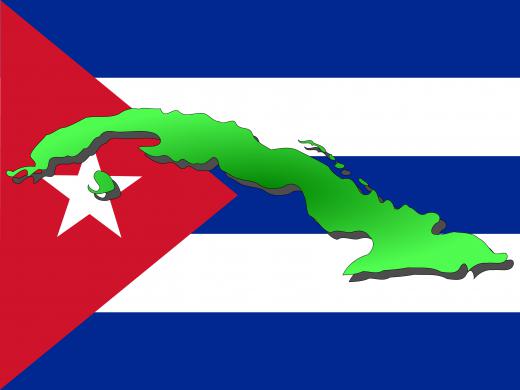The hand rolled Cuban cigar is the benchmark of all cigars. It is made up of three components derived from two varieties of tobacco plants: the criollo and corojo. The components that make up the cigar include the tripa or filler in the center and a capote or binder around the tripa, both of which are taken from the criolla plant. A cappa or wrapper is then stretched and rolled around the outside; this is taken from the corojo.
To begin with, tobacco leaves are stacked in three-feet-high pilones. The leaves are stored at temperatures not exceeding 95ºF (35ºC). The fermentation breaks down the resins and creates a uniformity of color. Leaves are then graded for size and color before a second fermentation.

After three weeks, the leaves are placed into bundles called tercios. They are put aside for a few months in cigar factories in order to age. Prior to rolling, the leaves are gently separated and lightly moistened with high-pressure water. The stems are removed and the remaining leaves are graded into size, color and texture.
The cigar filler is made up of three leaves – volado, seco and ligero, and throughout the process the progress of each is monitored. Once they have reached perfection, they are taken to the blending room, known as the liga. Great secrecy surrounds individual cigar blends.

The rollers known as torcedores sit at benches, seven or more to a row. They use a half-moon blade and a wooden board. Two to four leaves are combined with the binder and rolled into bunches, according to blend. After they are pressed in a wooden mold, they are wrapped and trimmed. They are then capped using leaf and a natural gum.
An expert torcedore can roll around 150 cigars per day. These are placed into bundles of 50 and checked for quality. The cigars are then placed in conditioning rooms for up to three weeks for the flavors to gel. The most respected and highest paid cigar factory workers are called escogedores, or color graders. They work at incredible speeds, grading the cigars according to color and texture.

There are 65 different shades in the cigar making process. Other workers arrange the cigars into boxes from dark on the left to light on the right. The cigars are then removed from the boxes and banded. The women who band the cigars are called anilladoras, and they use a simple measuring rule and gum. The cigars are then ready to be exported all over the world.
